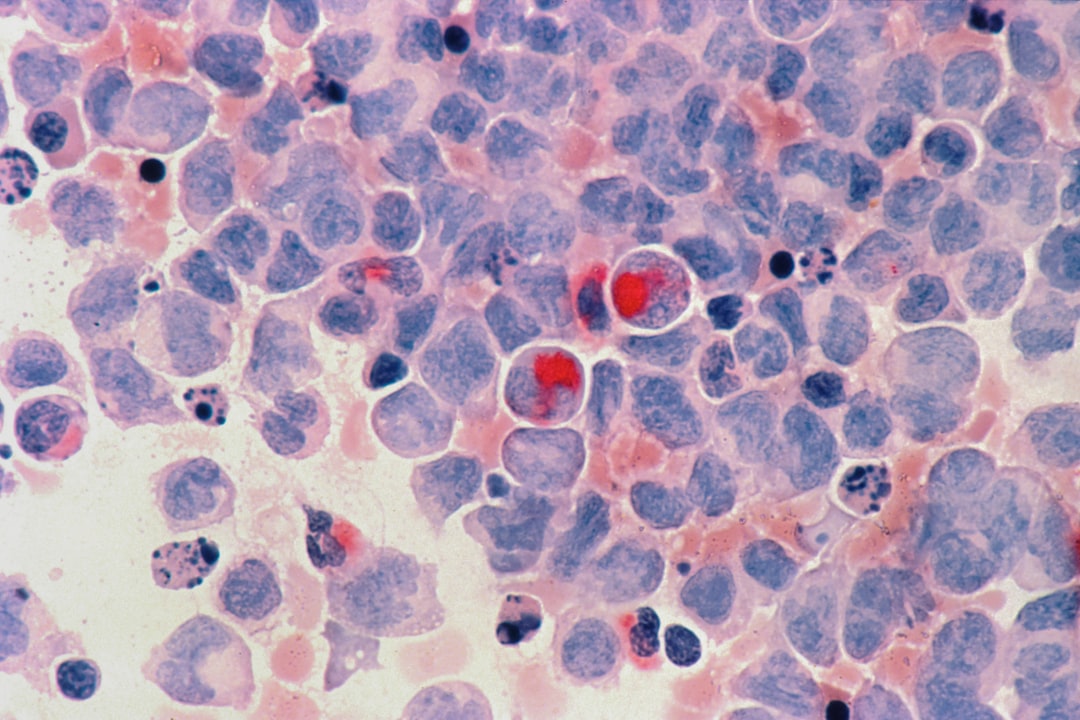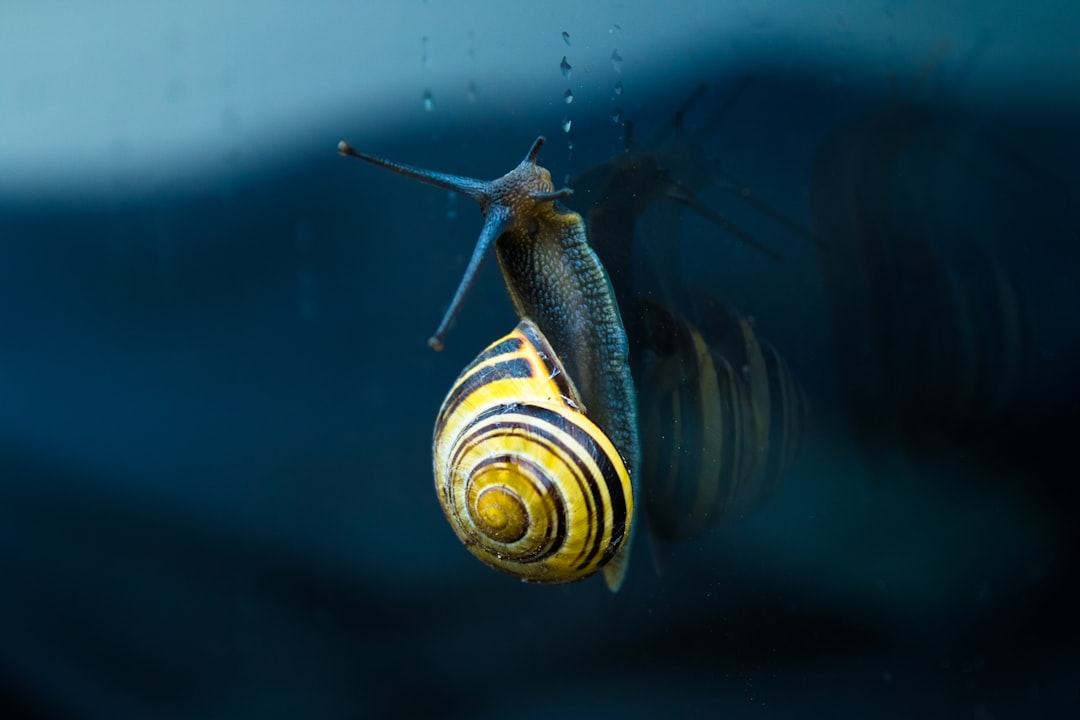What is it about?
In this report, we compared the success rate of classification of coding sequences (CDS) vs. introns by Codon Structure Factor (CSF) and by a method that we called Universal Feature Method (UFM). UFM is based on the scoring of purine bias (Rrr) and stop codon frequency. We show that the success rate of CDS/intron classification by UFM is higher than by CSF. UFM classifies ORFs as coding or non-coding through a score based on (i) the stop codon distribution, (ii) the product of purine probabilities in the three positions of nucleotide triplets, (iii) the product of Cytosine (C), Guanine (G), and Adenine (A) probabilities in the 1st, 2nd, and 3rd positions of triplets, respectively, (iv) the probabilities of G in 1st and 2nd position of triplets and (v) the distance of their GC3 vs. GC2 levels to the regression line of the universal correlation. More than 80% of CDSs (true positives) of Homo sapiens (>250 bp), Drosophila melanogaster (>250 bp) and Arabidopsis thaliana (>200 bp) are successfully classified with a false positive rate lower or equal to 5%. The method releases coding sequences in their coding strand and coding frame, which allows their automatic translation into protein sequences with 95% confidence.
Featured Image
Why is it important?
The method is a natural consequence of the compositional bias of nucleotides in coding sequences, which means that gene search from ESTs (even when the coding frame is unknown) does not need any previous training. The same is true for gene search in metagenomic data. The consequence of this is that exome can be obtained from transcirptome for any plant source, which is valuable for fast biodiversidade exploration at genomic level and can be important for drug development.
Perspectives
Fast exome characterization is a potential benefit for information extraction from plant biodiversity in order to transfer it to industrial microrganisms such as yeast by metabolic engineering for drug production through fermentation.
Nicolas Carels
Oswaldo Cruz Foundation
Read the Original
This page is a summary of: Classifying Coding DNA with Nucleotide Statistics, Bioinformatics and Biology Insights, January 2009, SAGE Publications,
DOI: 10.4137/bbi.s3030.
You can read the full text:
Resources
Contributors
The following have contributed to this page










